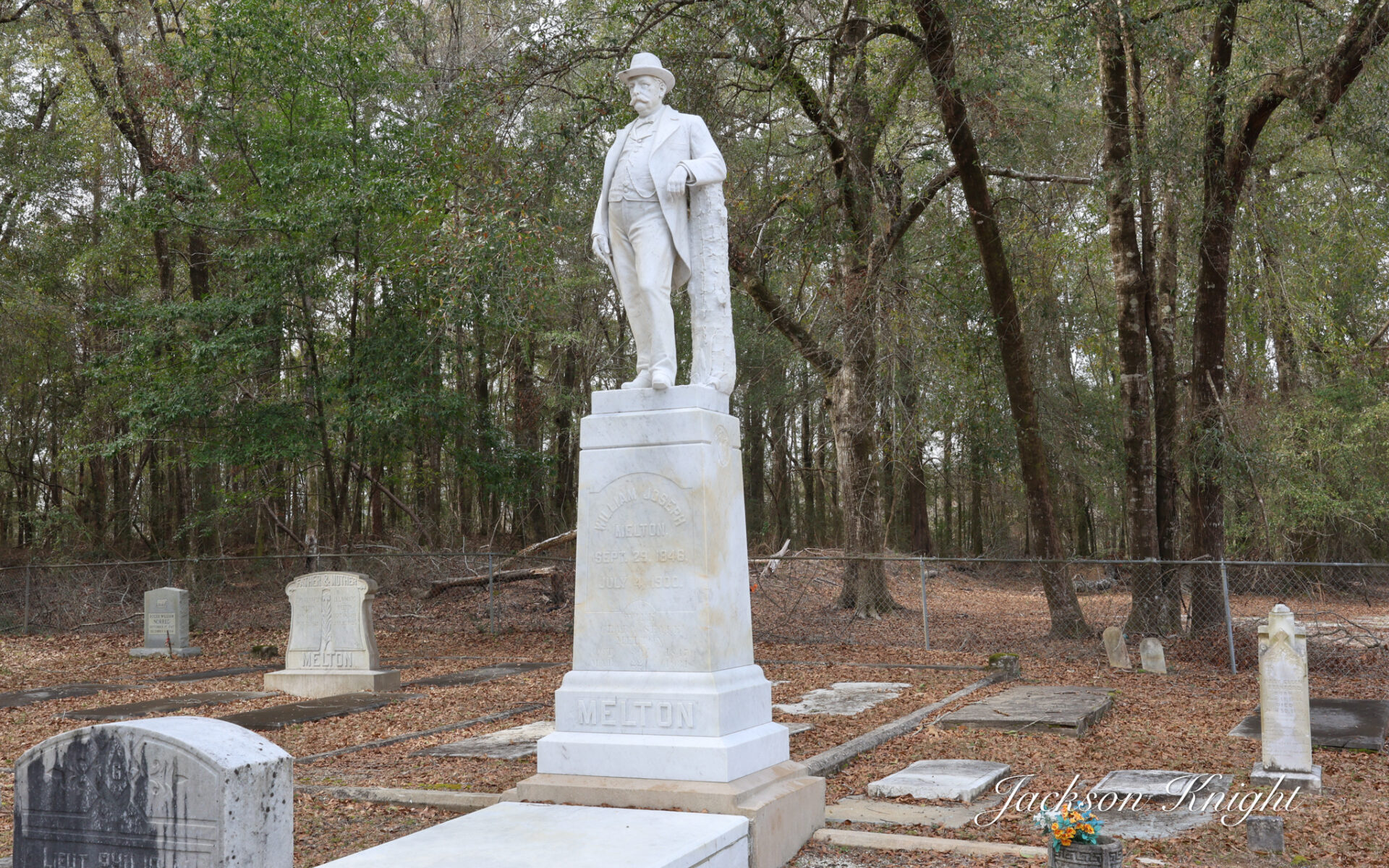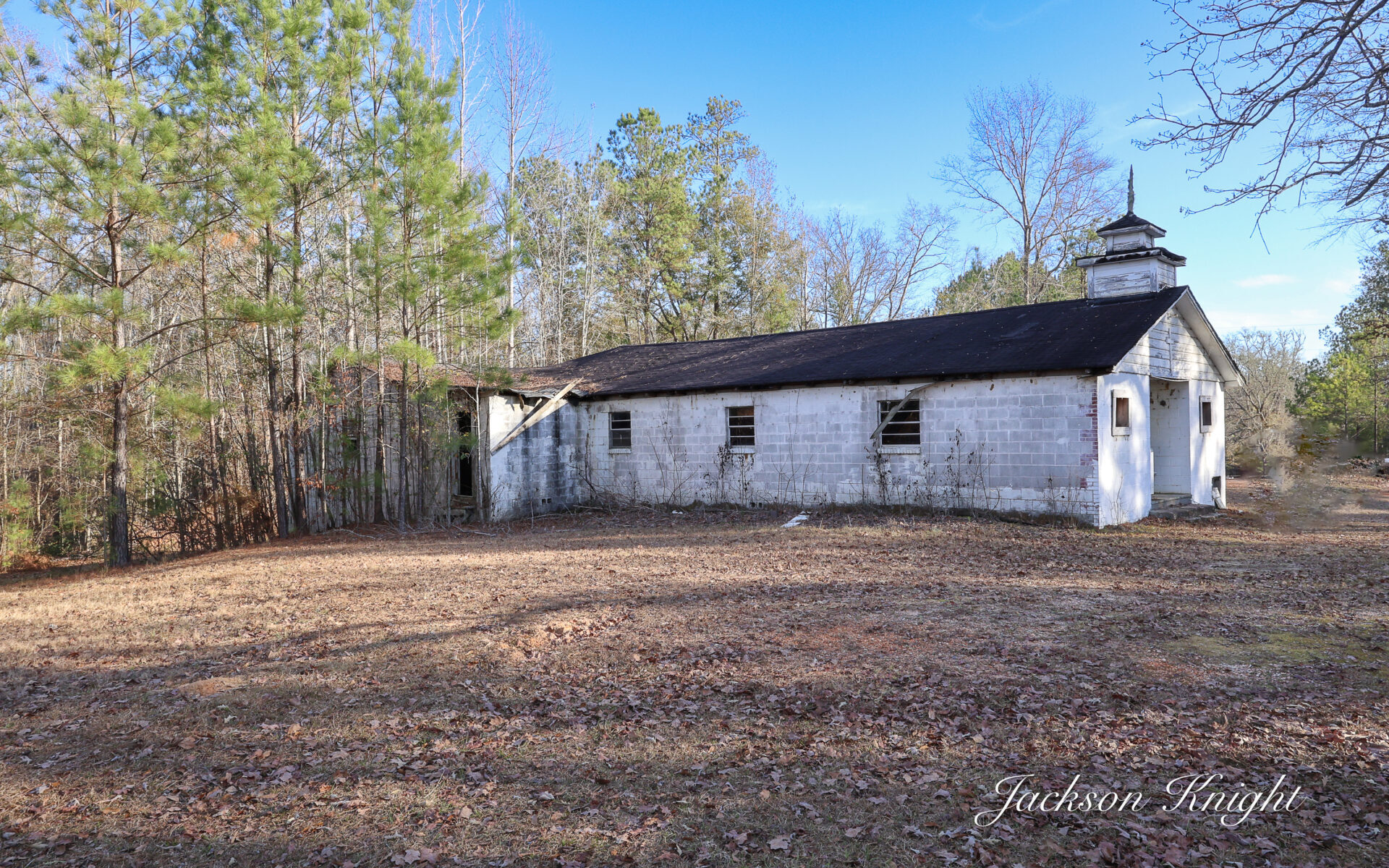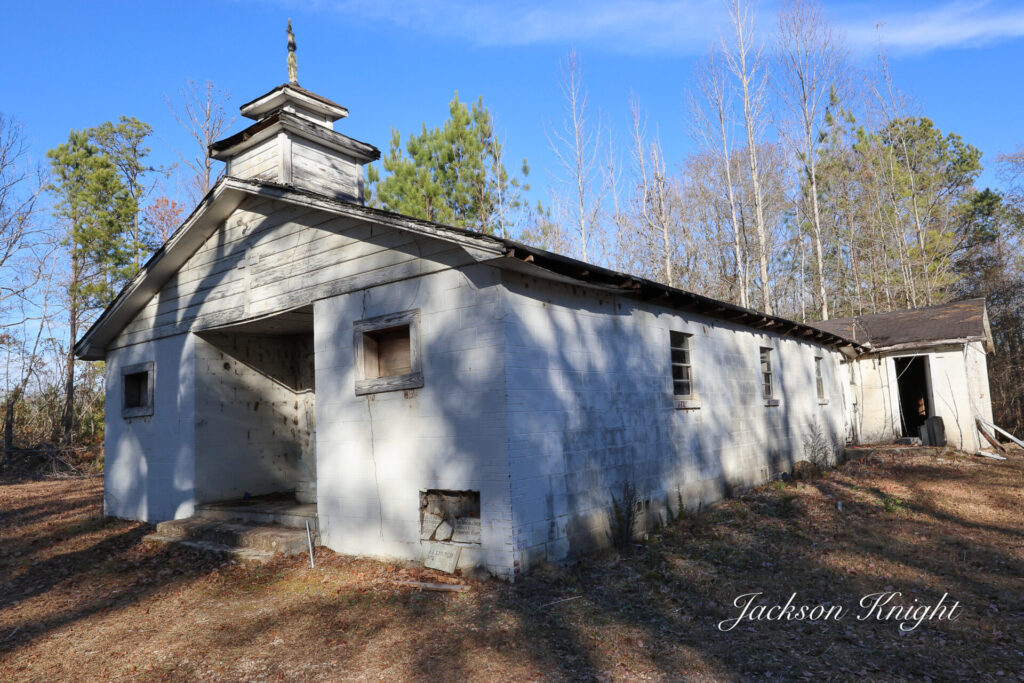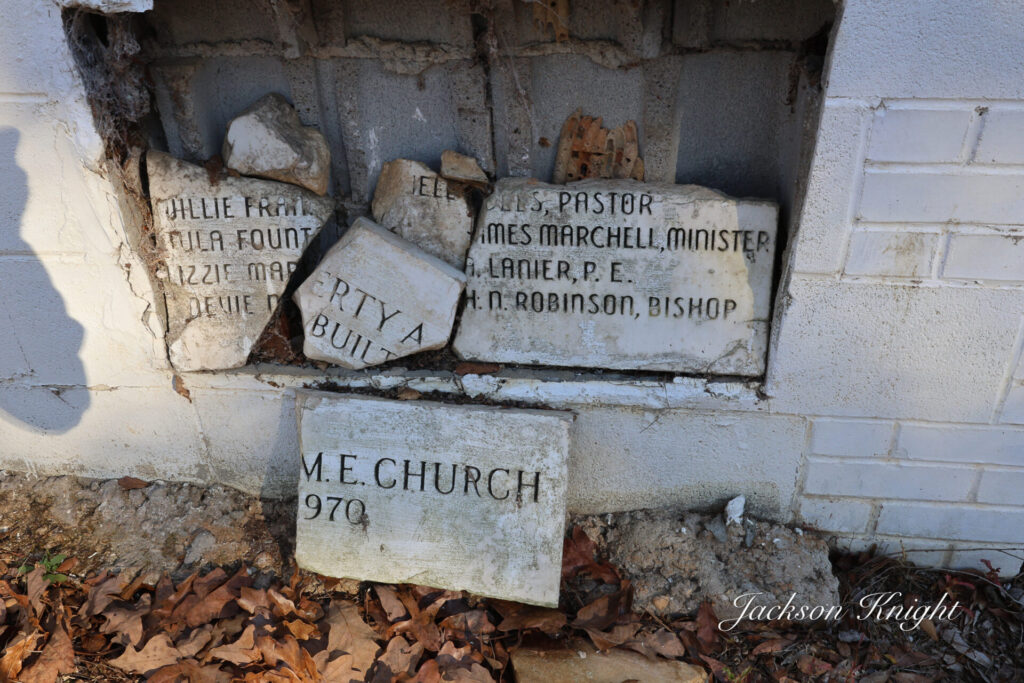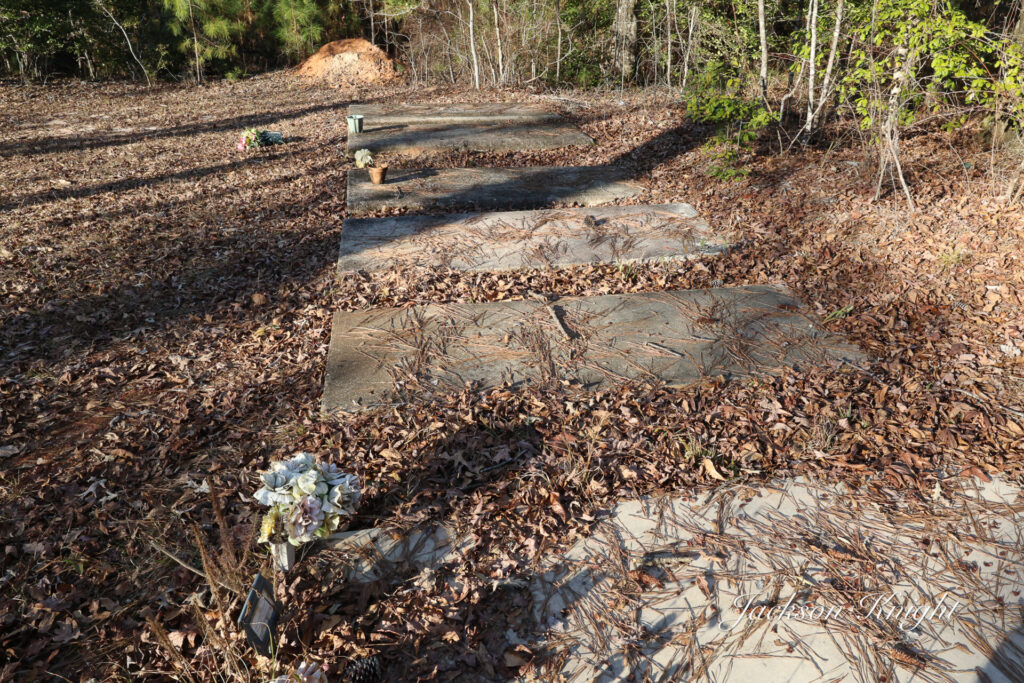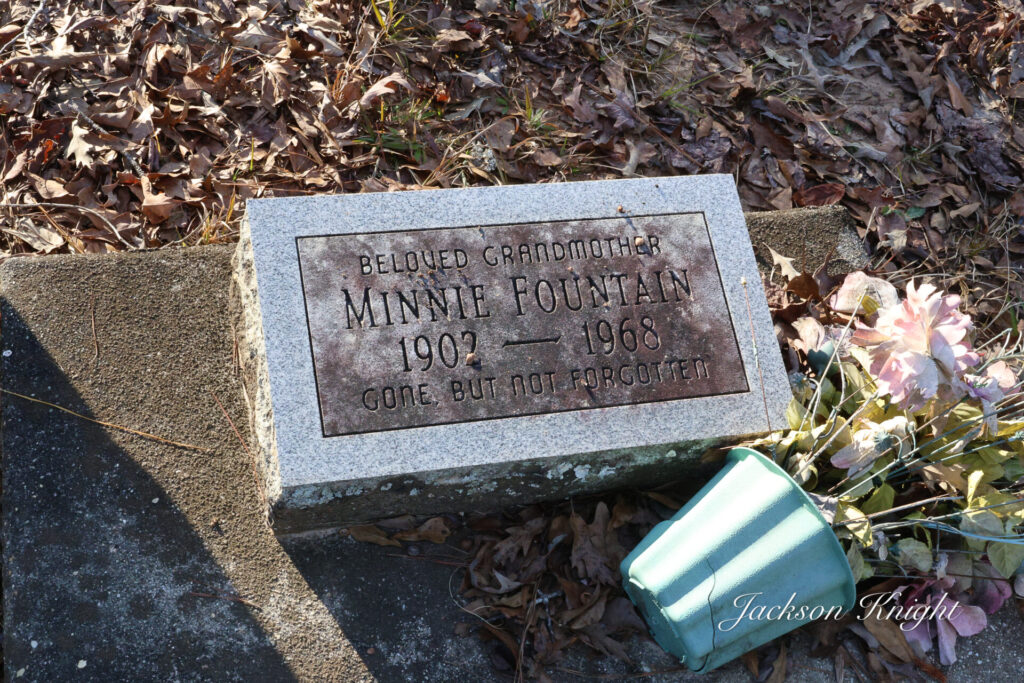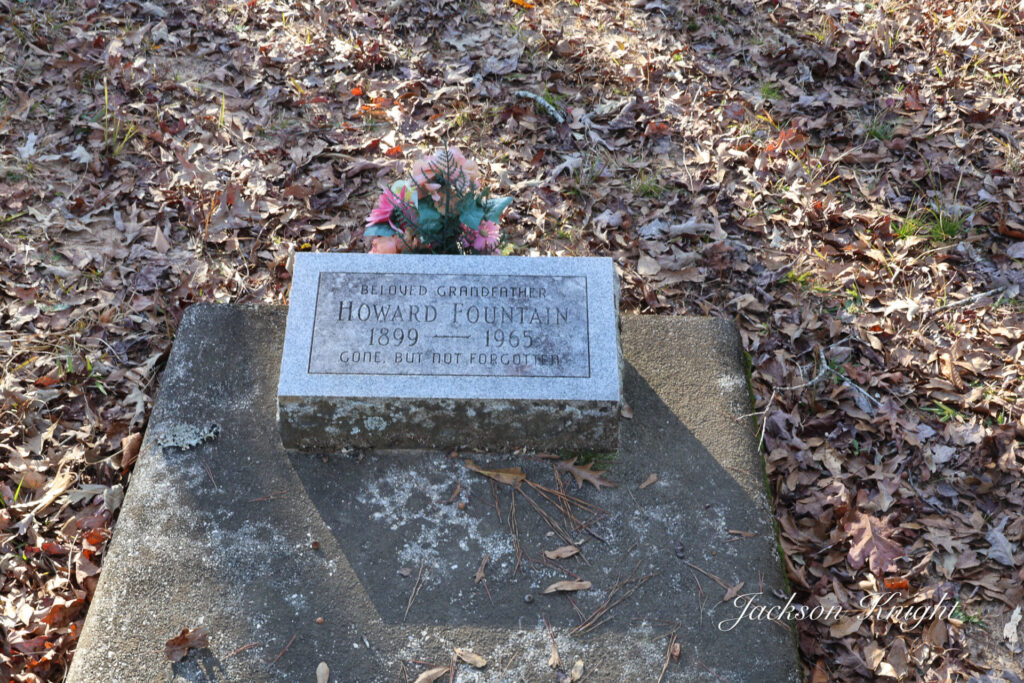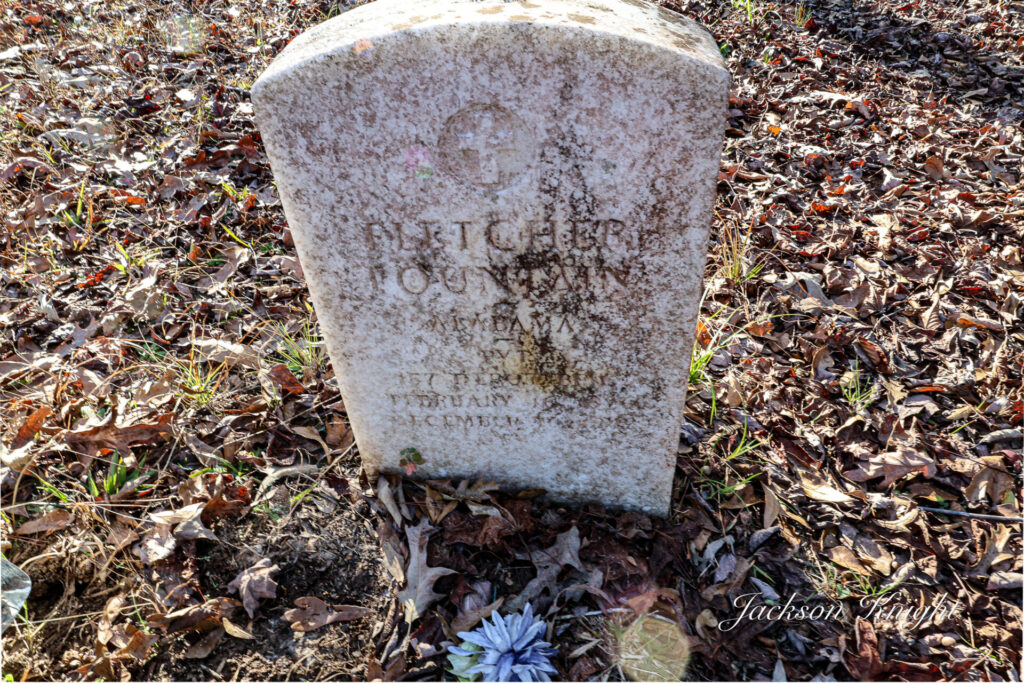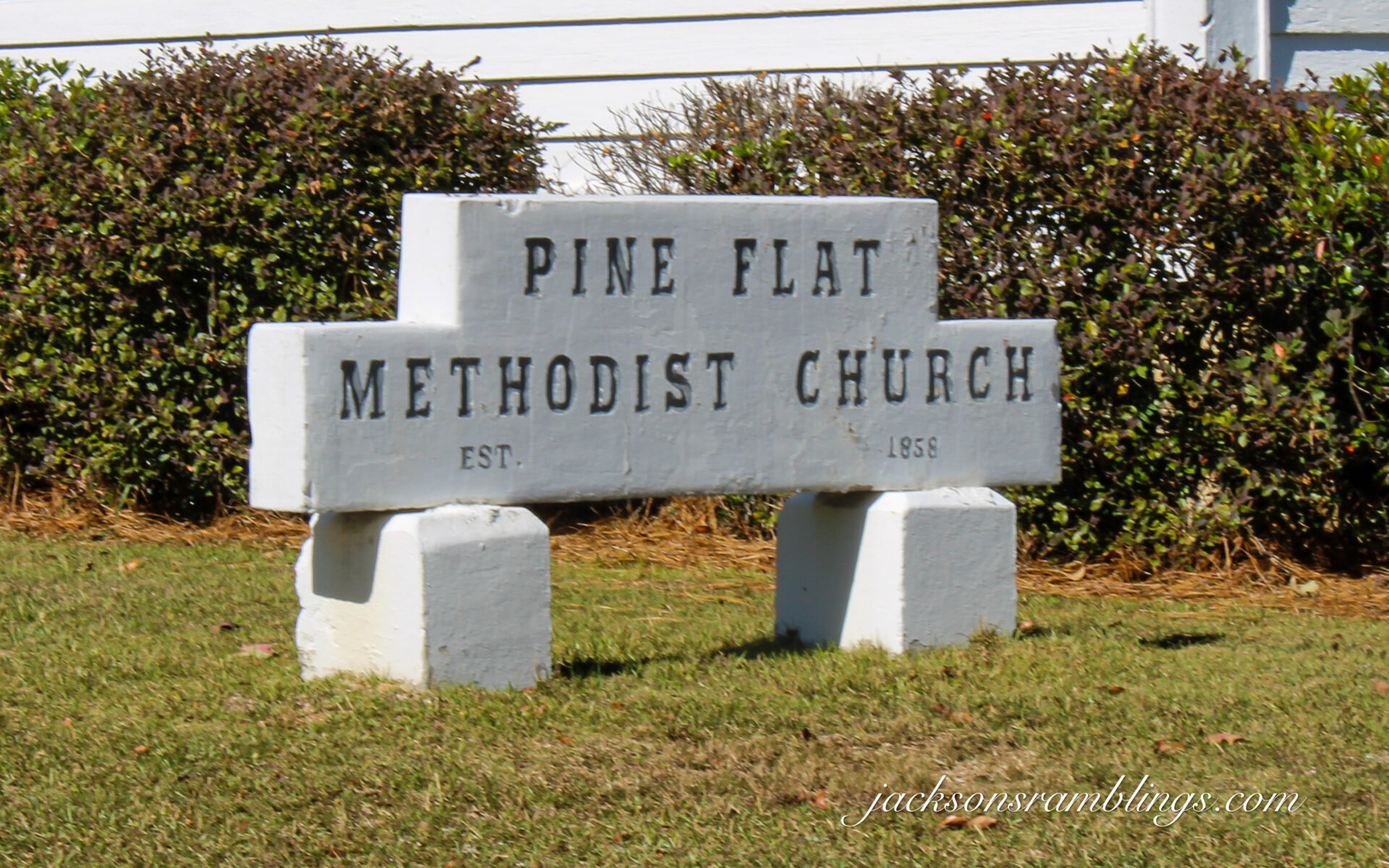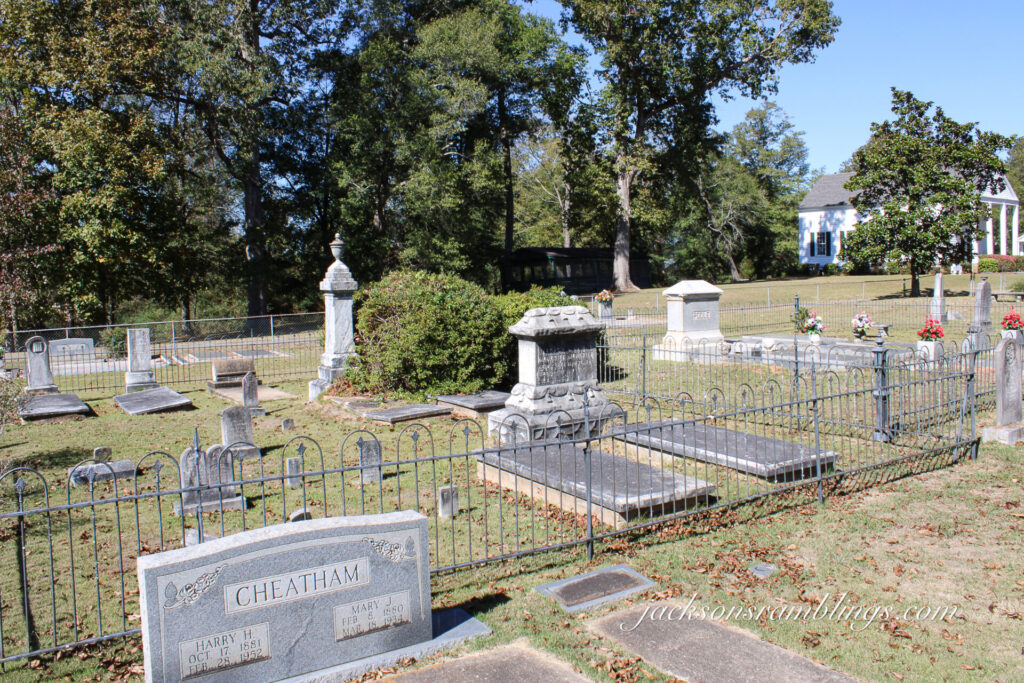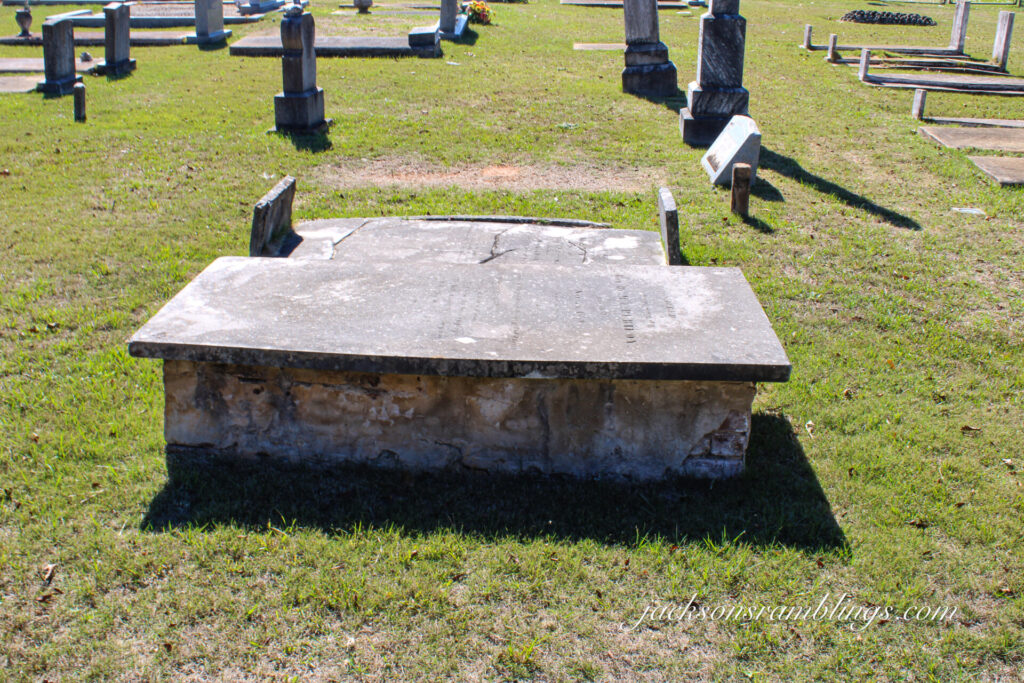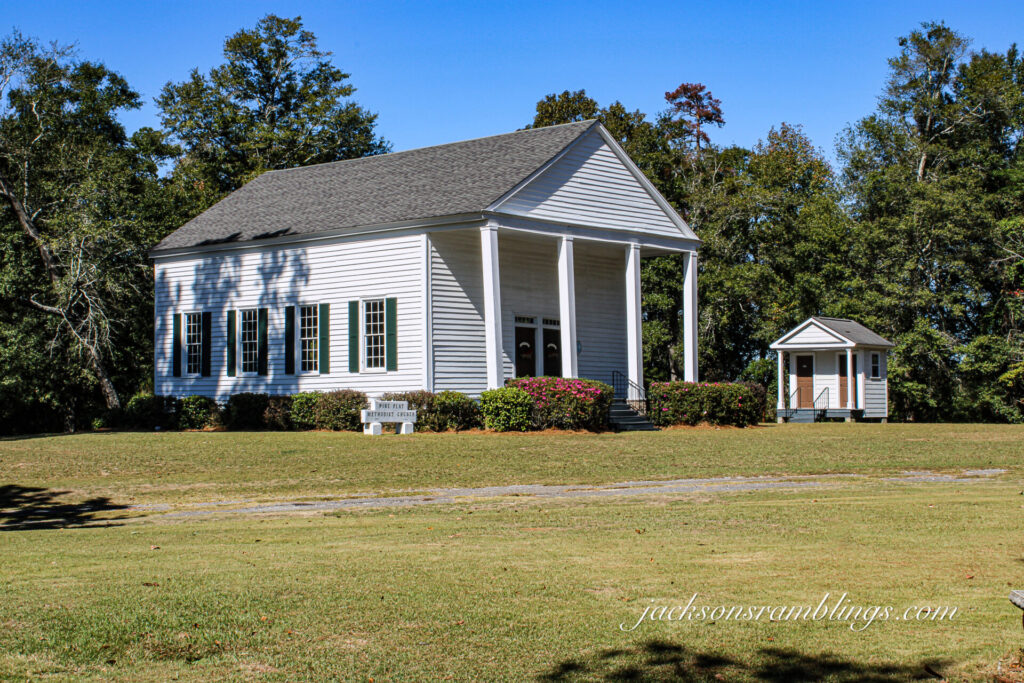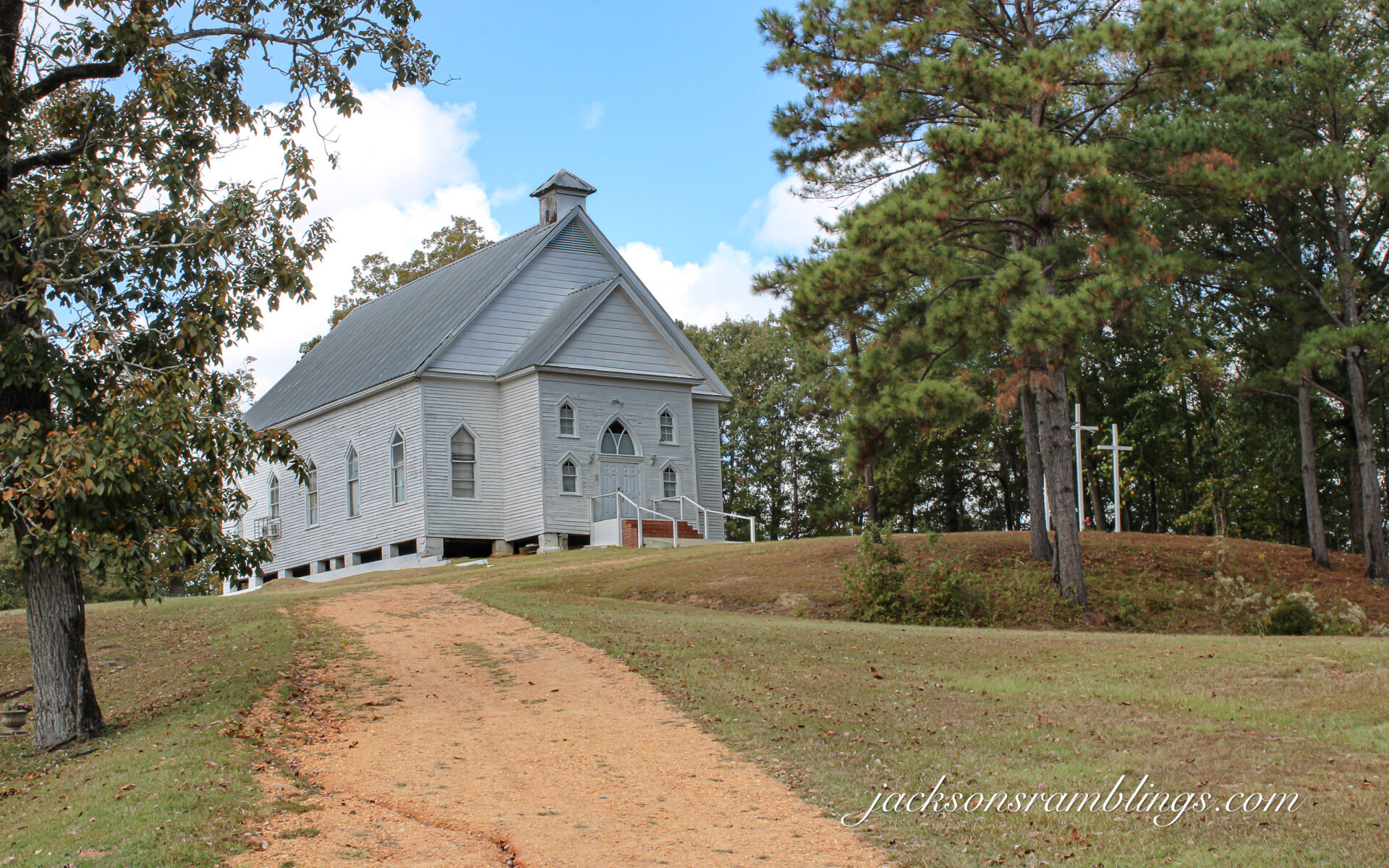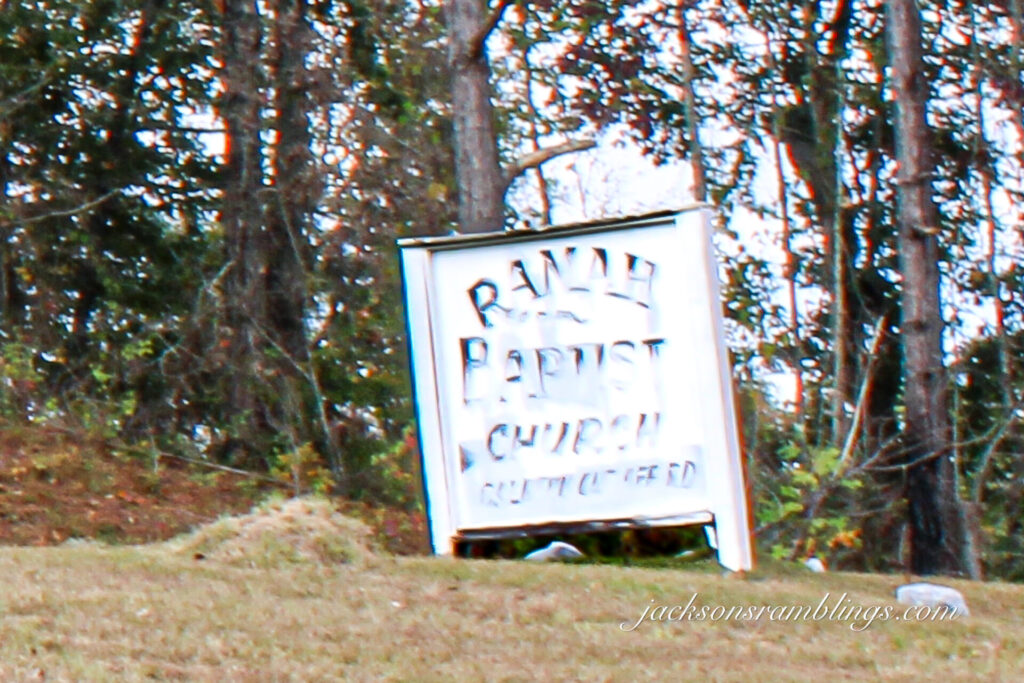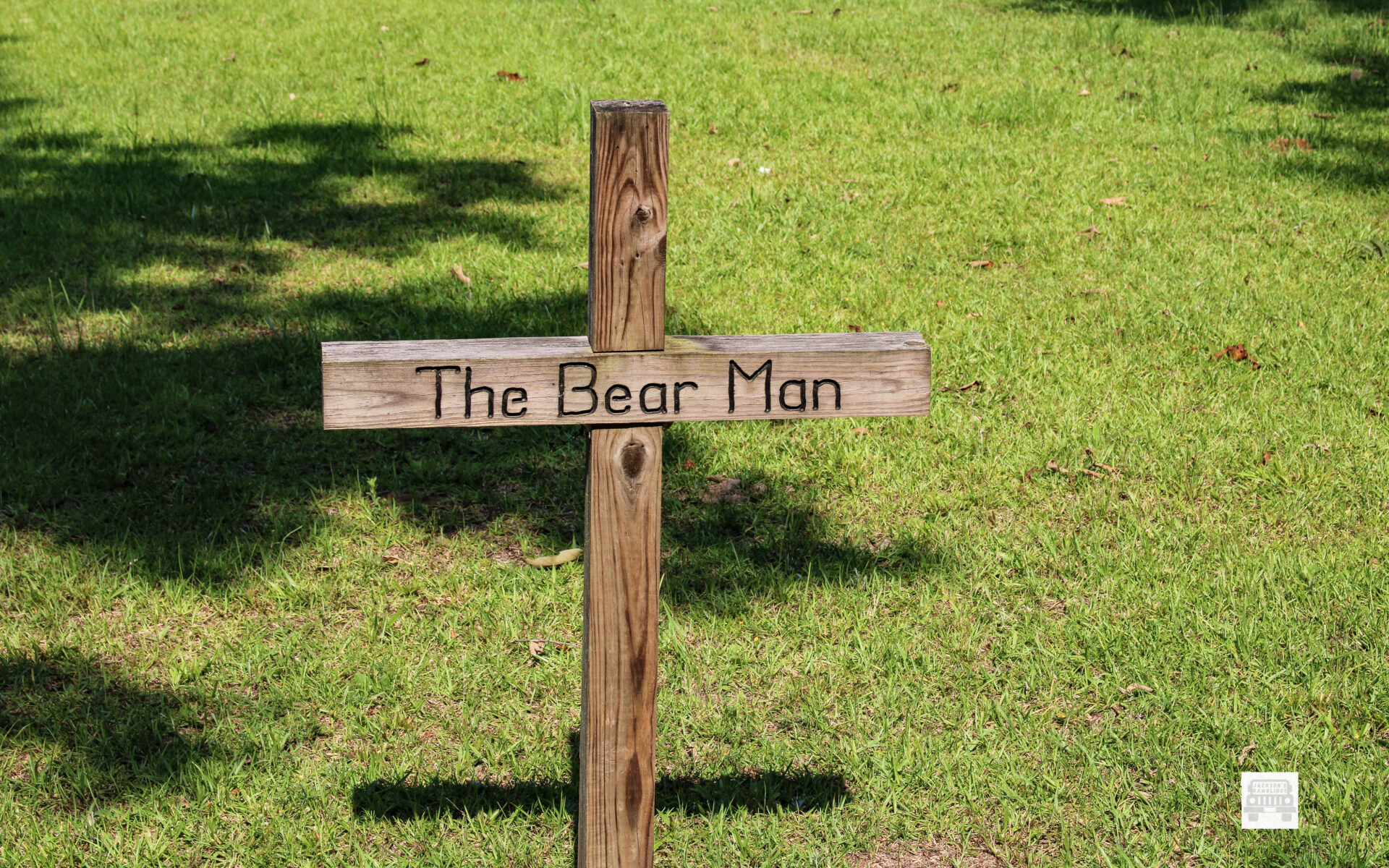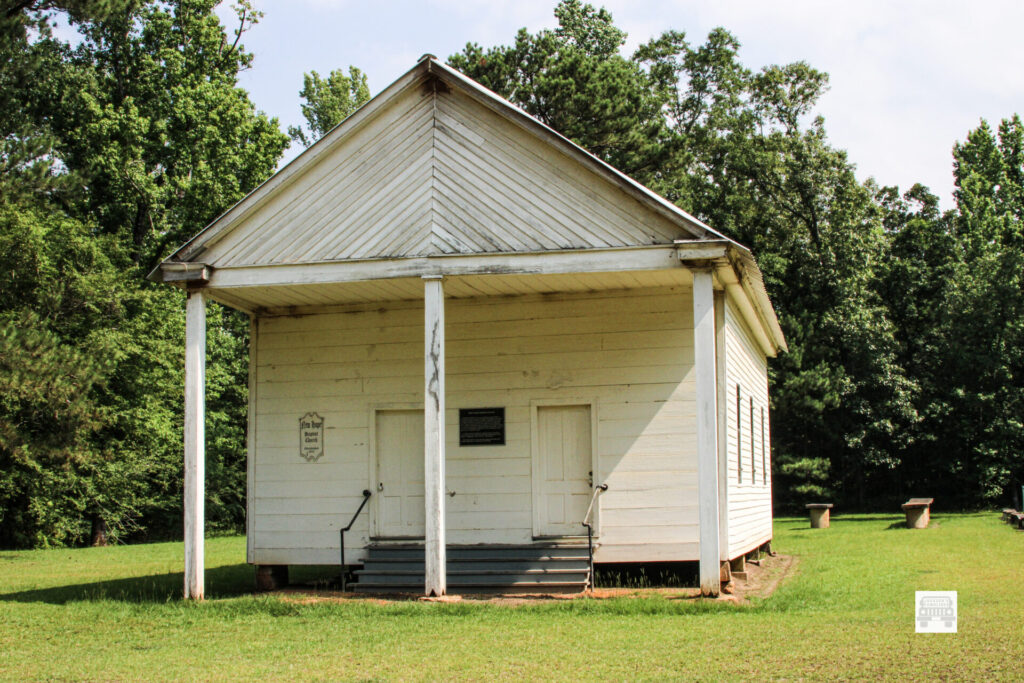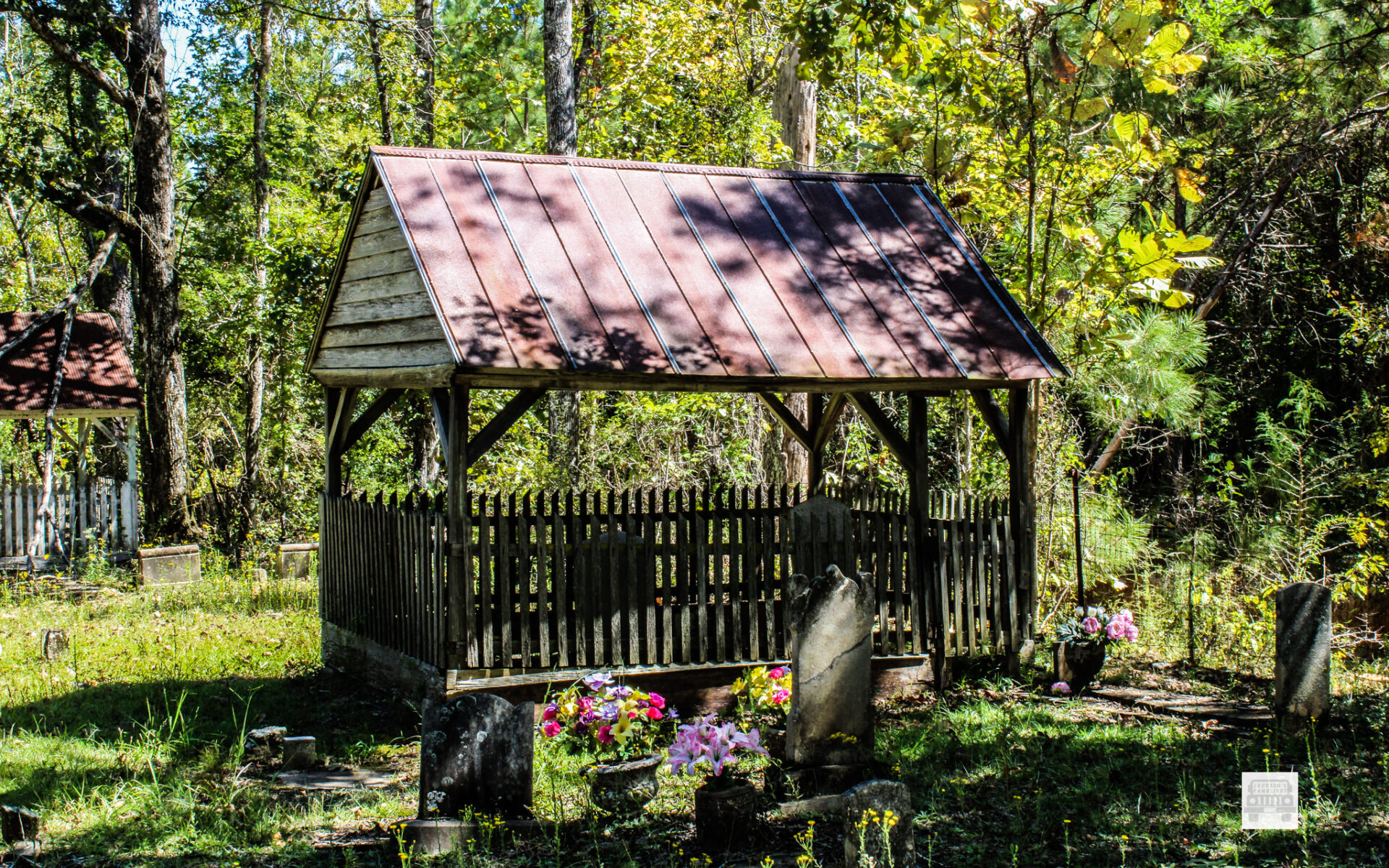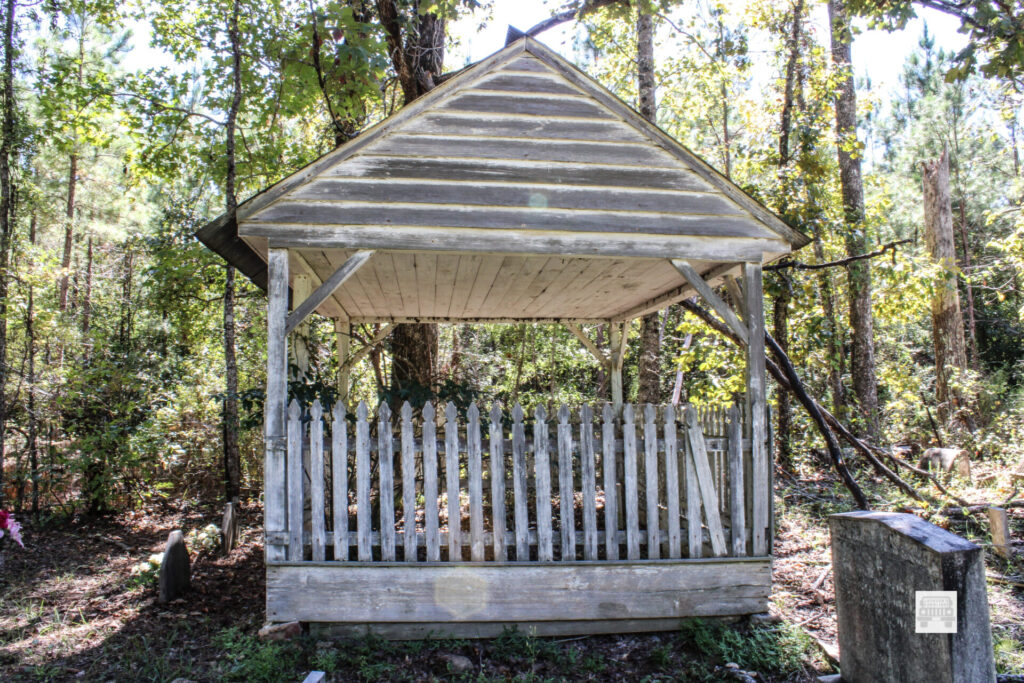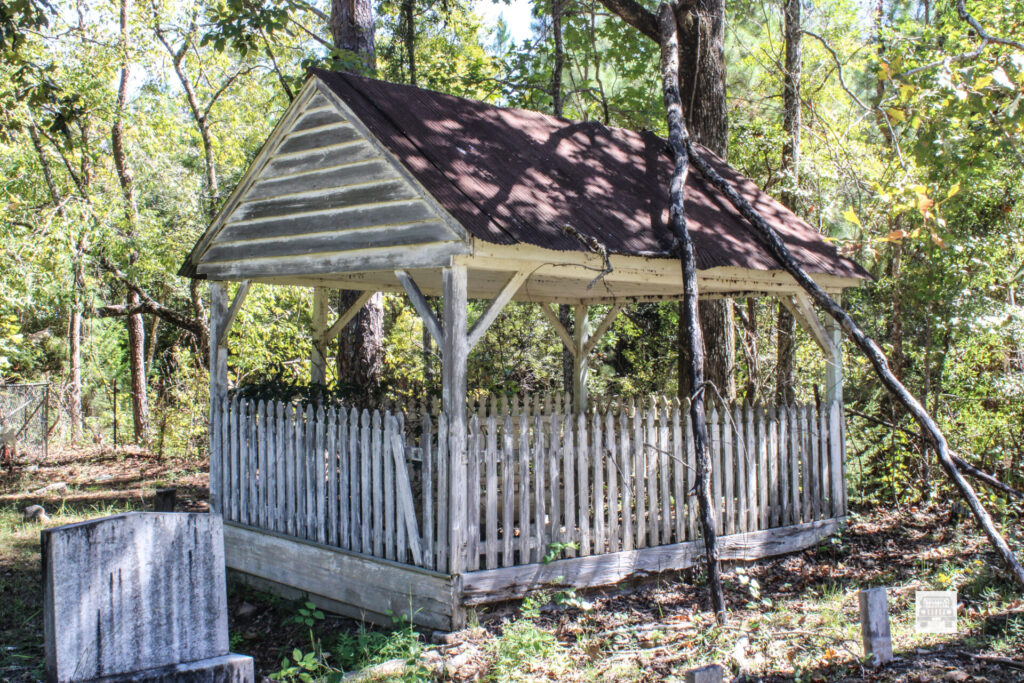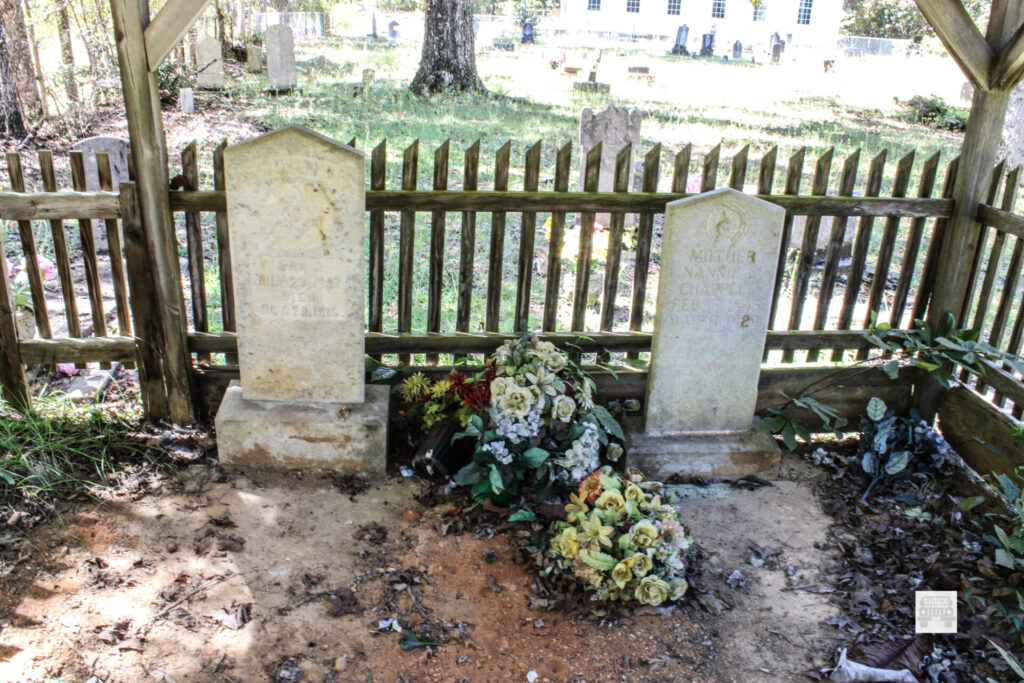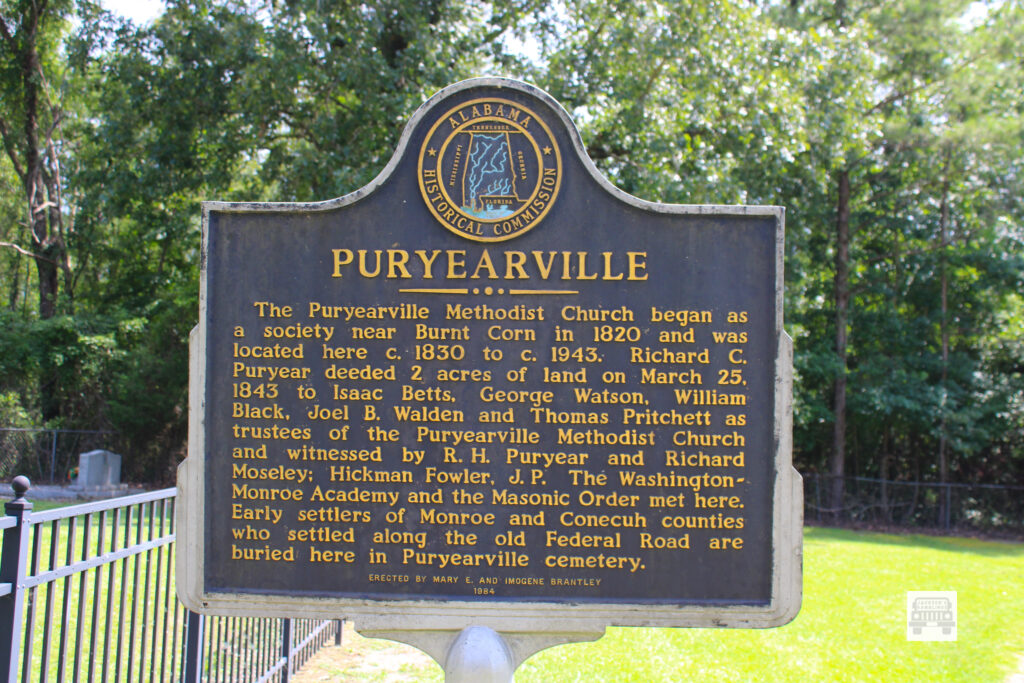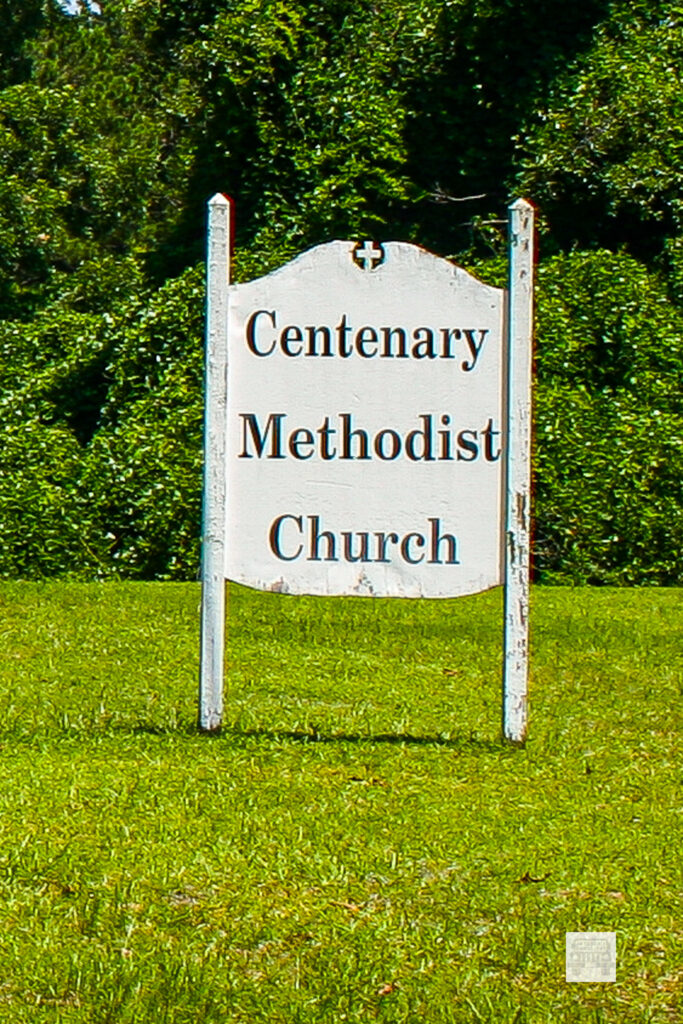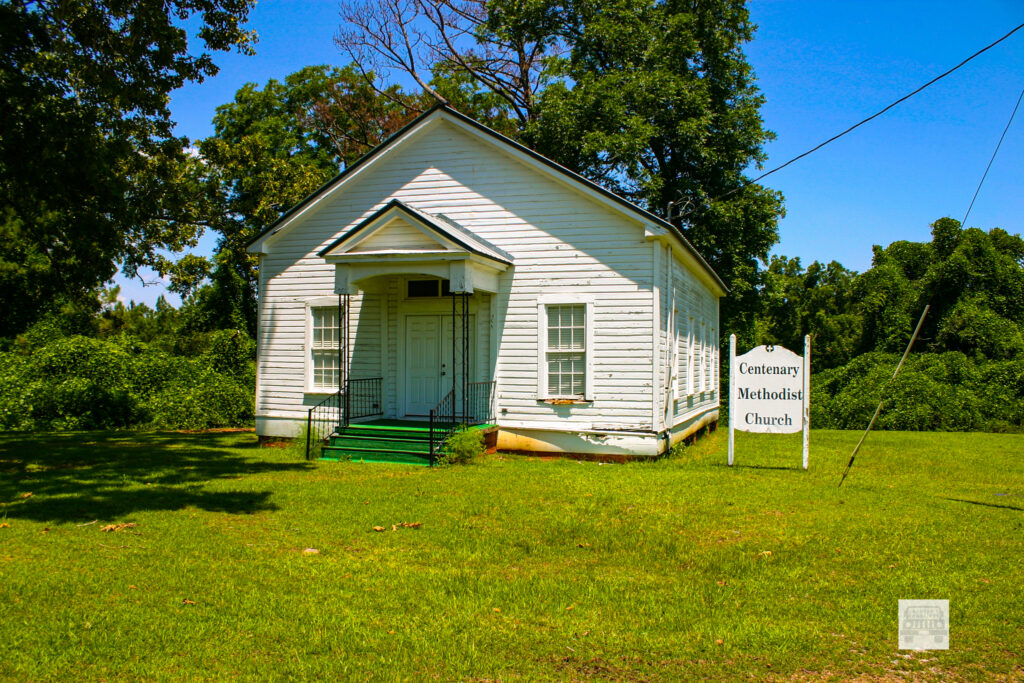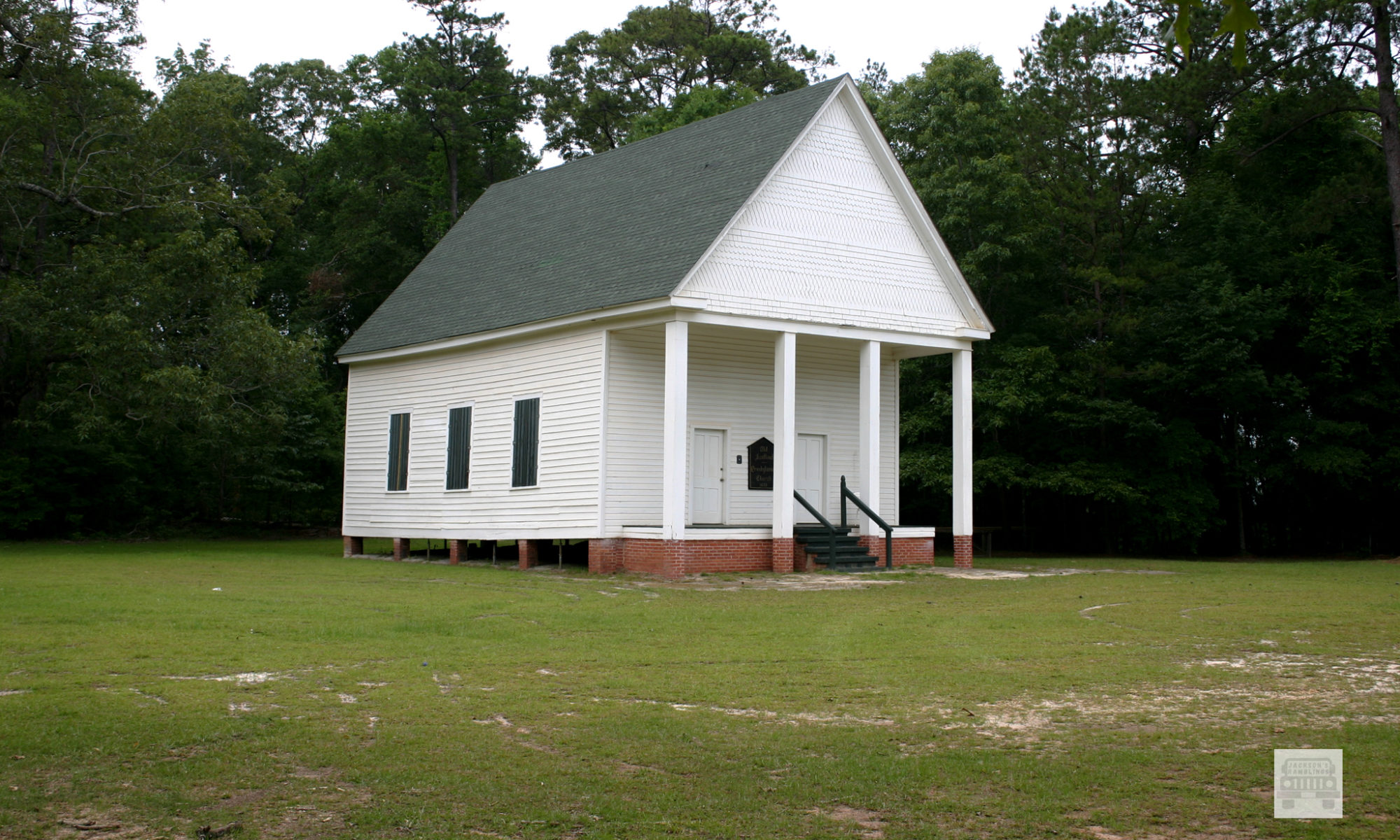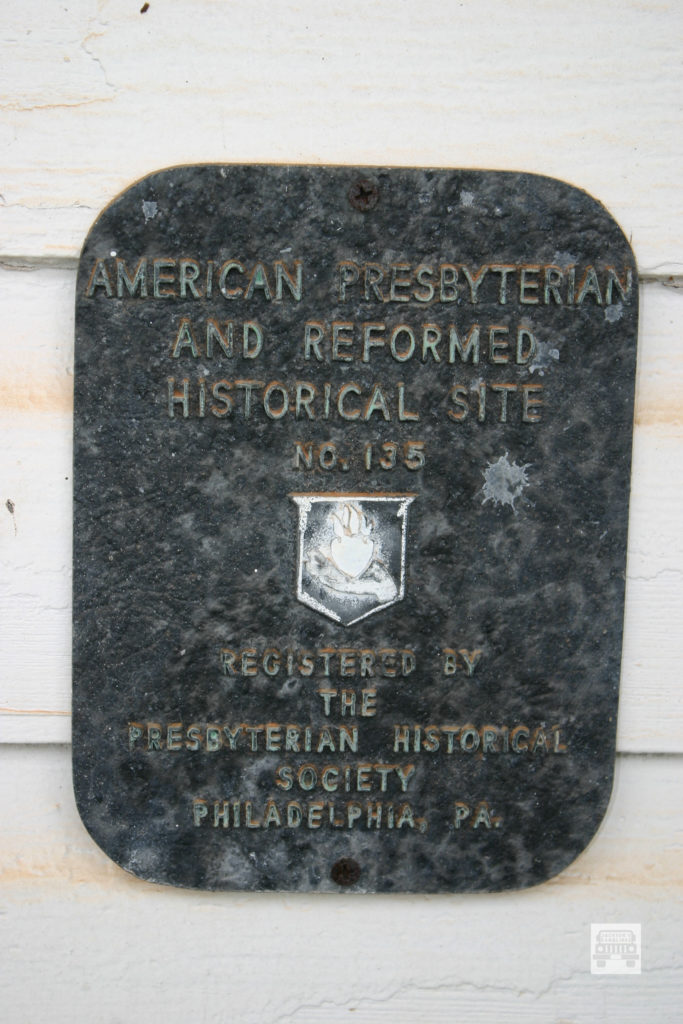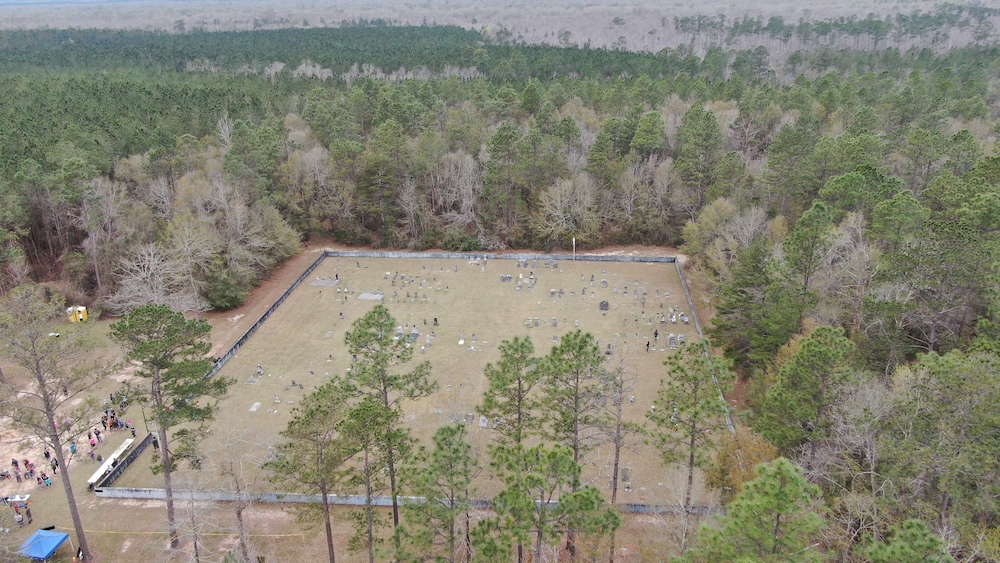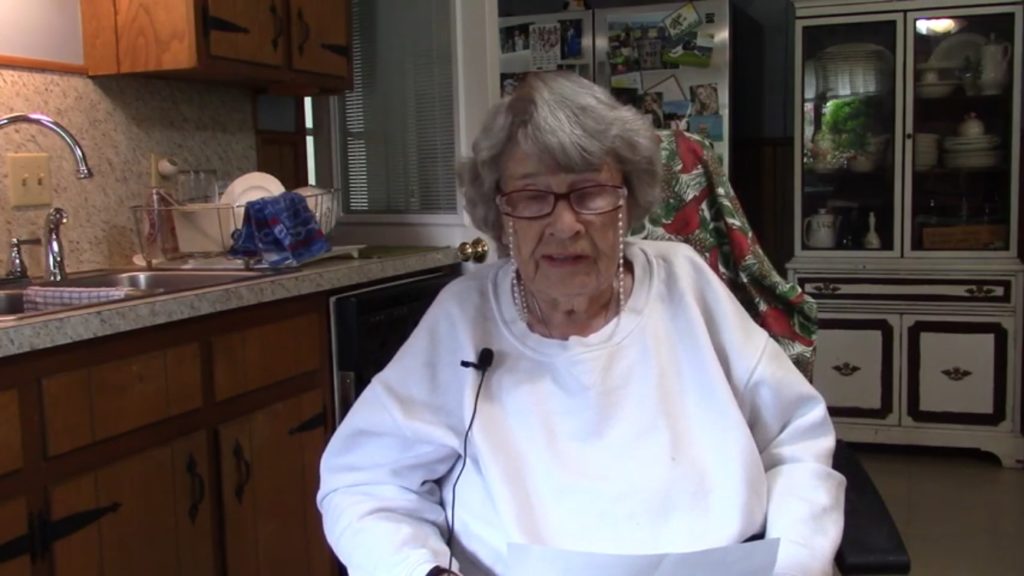I have been through Pine Apple many times over my lifetime. I have heard numerous times that there was a statue there in the graveyard. I never gave it much thought. It was just one more rabbit trail that I had filed in the back of my mid that I needed to run but never got around to it.
I have so many of those rabbit trails that it would be impossible if I had three more life times left to run them all. I still like to run them though from time to time.
This week my wife and I were out checking out churches in Wilcox County that I had not gotten to for my upcoming book.
I started on a photo book of Wilcox County Churches back in October. I had a lot going on and to be able to work on that many churches requires a lot of travel. Instead of completing Wilcox County, I just settled in and went to work on Monroe County. I had numerous personal things going on, and there was no way I could leave home for two or three days at the time. I could however take numerous trips of a couple of hours at the time. I had to burn the midnight oil to get it done, but I was able to release my Monroe County Book the first week in January.
Then my Jeep decided it was time to give me fits and I lost almost three weeks trying to get it fixed. I got it fixed and then we had weather issues. I don’t function well when the temperature is in the teens.
Finally, it looked like it was going to break for a day or so. We left home on Monday morning and headed north. I had worked for hours upon hours scouring maps and other sources online hunting the churches in Wilcox County.
We made it into Pine Apple and I was taking photos of the Friendship Baptist Church. I looked across the road and saw the large cemetery over there. I saw the marker on the fence identifying it as a Black Belt Heritage Area.
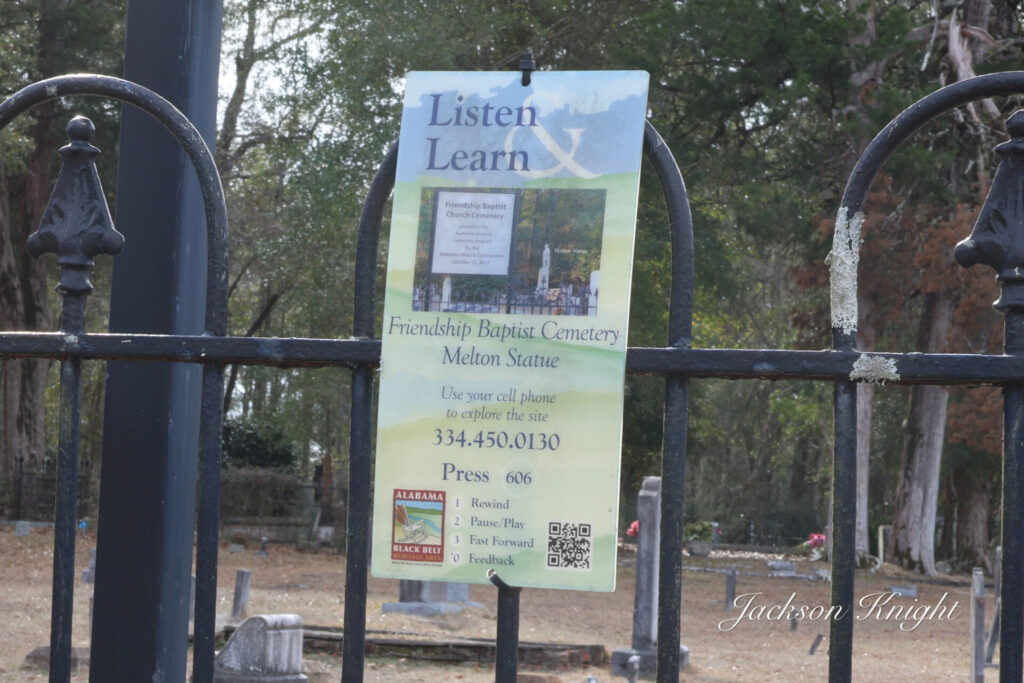
Beings that I am totally committed to the things of the Black Belt, and I thrive on learning history I immediately had to take a photograph of the placard with the phone number of the recording on it for a future reference and I had to see the statue listed on there. I walked across the cemetery to the statue and viewed it. Then I captured some photos of it and read the tombstones around it.
Since I had a lot of miles to run to get all of the church photos that I could for the day, I didn’t give the statue much thought for the rest of the day.
The next day I started to ponder on that statue. Who was this man? Where did the statue come from? So many questions. So few answers.
At first, I sat down and googled “Statue at Pine Apple Alabama. Immediately there were a couple of things that came up. I stared to read about this statue. I had seen the name on it was William Joseph Melton. He was born Sept. 29, 1846, and died in July 4,1900. That much I knew but what else was there to know?
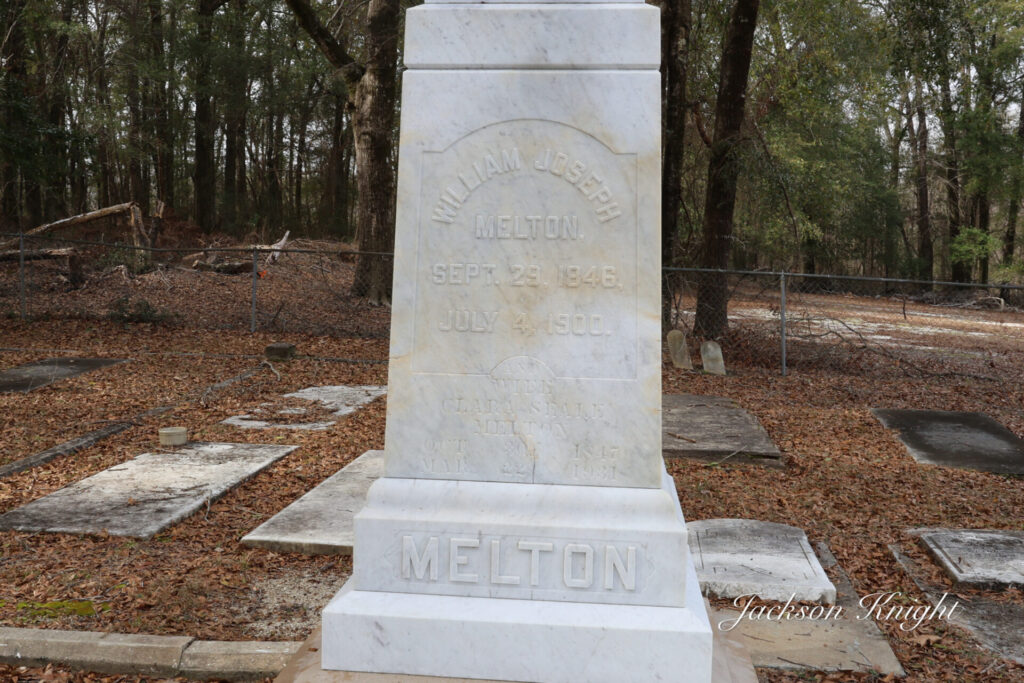
It turned out that Mr. Melton was a very influential man in Wilcox County. He was also a very successful planter. All of the sources I saw said that when he died his daughter took a photo of him with her to Italy and commissioned an artist there to carve a statue of him out of marble.
All of the sources said that the statue was transported by ship and then transported up the river to Claiborne where it was off loaded onto a wagon and hauled the rest of the way to Pine Apple.
Then when the statue was being erected in the cemetery is where things got complicated. Supposedly the members of the church had some issues with it being there because it violated the Ten Commandments because it was a “Graven Image”. Finally, a compromise appears to have been reached. The statue was allowed but it had to be laid down instead of standing up. Then at some later date permission was given for it to be erected. Now I don’t know if it was given or just somebody took it upon themselves to erect it. Regardless of that fact it stands 122 or so years later facing East and proudly overlooking the cemetery.
The recording states that Mr. Melton was a Civil War Veteran that was captured as a prisoner of war. Supposedly he died suddenly in Montgomery. His body was transported back to Pine Apple where he was buried.
So here we are all of these years later and I found it. Now that is one off of my bucket list. I ran a long day looking for churches and found some. I can only imagine what interesting thing I will find the next time I go out. That was definitely an interesting find.
